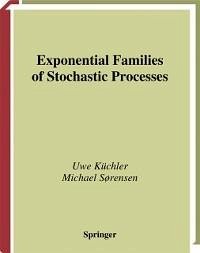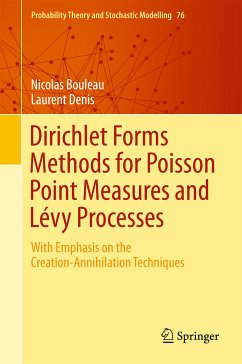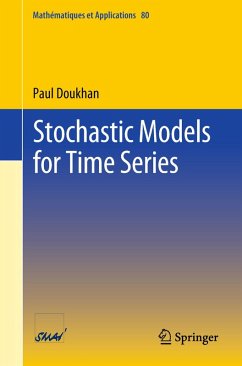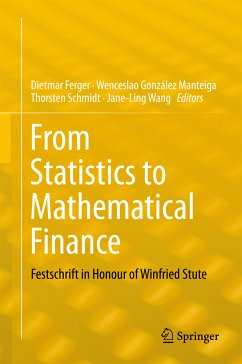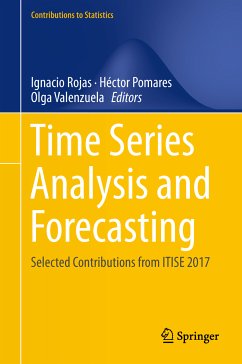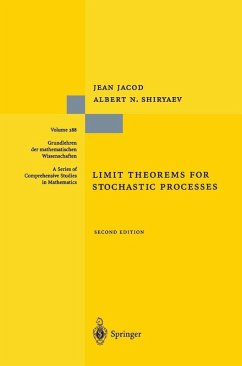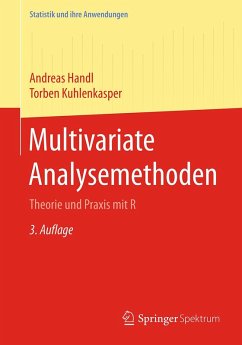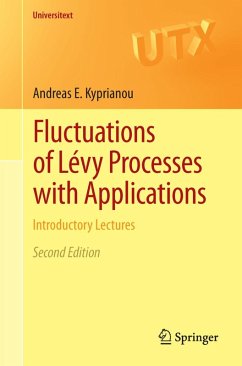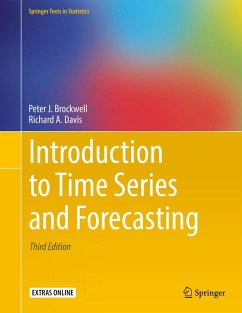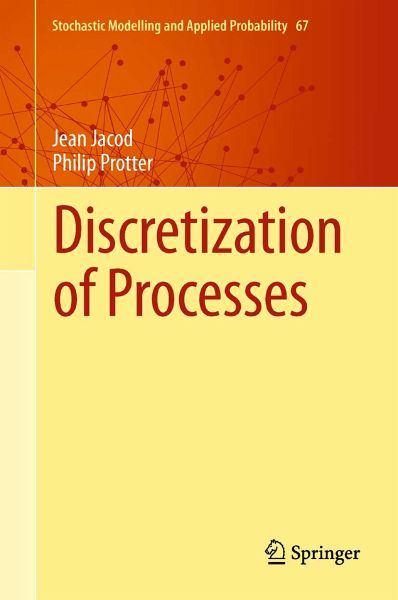
Discretization of Processes (eBook, PDF)
Versandkostenfrei!
Sofort per Download lieferbar
112,95 €
inkl. MwSt.
Weitere Ausgaben:

PAYBACK Punkte
56 °P sammeln!
In applications, and especially in mathematical finance, random time-dependent events are often modeled as stochastic processes. Assumptions are made about the structure of such processes, and serious researchers will want to justify those assumptions through the use of data. As statisticians are wont to say, "In God we trust; all others must bring data." This book establishes the theory of how to go about estimating not just scalar parameters about a proposed model, but also the underlying structure of the model itself. Classic statistical tools are used: the law of large numbers, and the cen...
In applications, and especially in mathematical finance, random time-dependent events are often modeled as stochastic processes. Assumptions are made about the structure of such processes, and serious researchers will want to justify those assumptions through the use of data. As statisticians are wont to say, "In God we trust; all others must bring data." This book establishes the theory of how to go about estimating not just scalar parameters about a proposed model, but also the underlying structure of the model itself. Classic statistical tools are used: the law of large numbers, and the central limit theorem. Researchers have recently developed creative and original methods to use these tools in sophisticated (but highly technical) ways to reveal new details about the underlying structure. For the first time in book form, the authors present these latest techniques, based on research from the last 10 years. They include new findings.
This book will be of special interest to researchers, combining the theory of mathematical finance with its investigation using market data, and it will also prove to be useful in a broad range of applications, such as to mathematical biology, chemical engineering, and physics.
This book will be of special interest to researchers, combining the theory of mathematical finance with its investigation using market data, and it will also prove to be useful in a broad range of applications, such as to mathematical biology, chemical engineering, and physics.
Dieser Download kann aus rechtlichen Gründen nur mit Rechnungsadresse in A, B, BG, CY, CZ, D, DK, EW, E, FIN, F, GR, HR, H, IRL, I, LT, L, LR, M, NL, PL, P, R, S, SLO, SK ausgeliefert werden.




